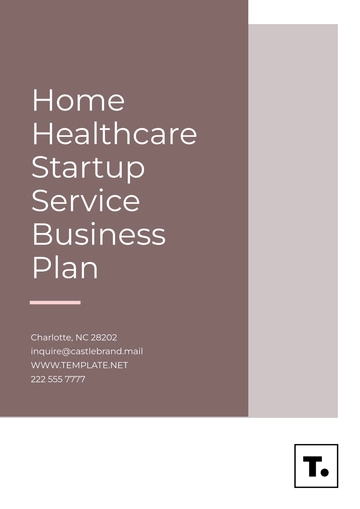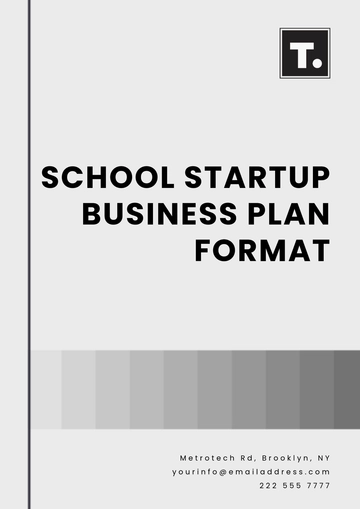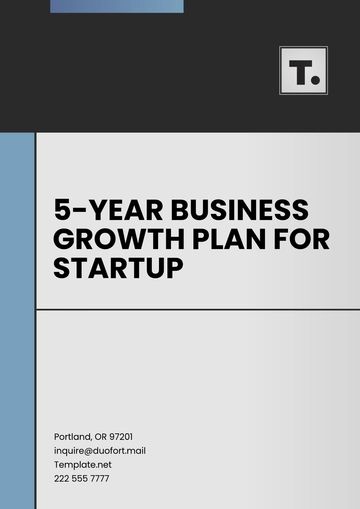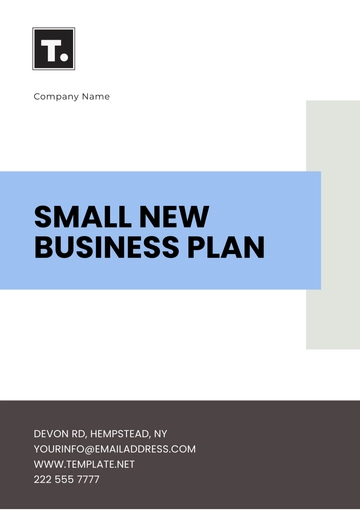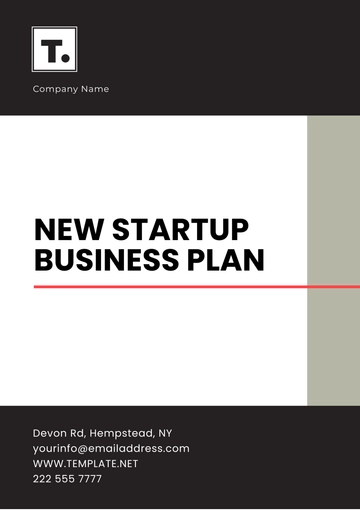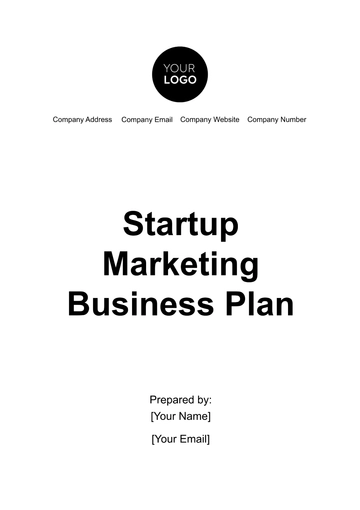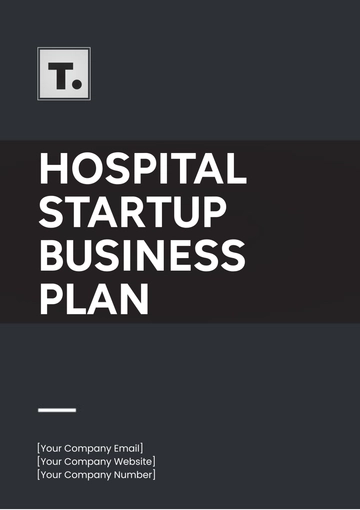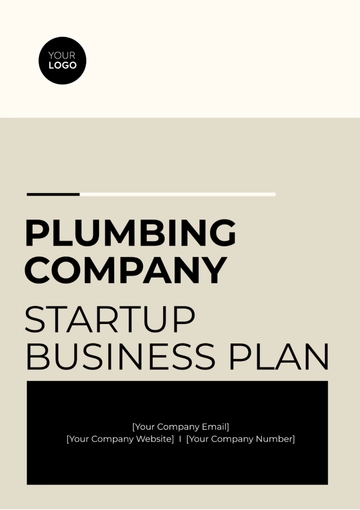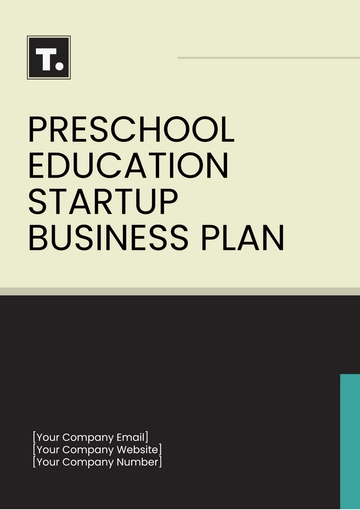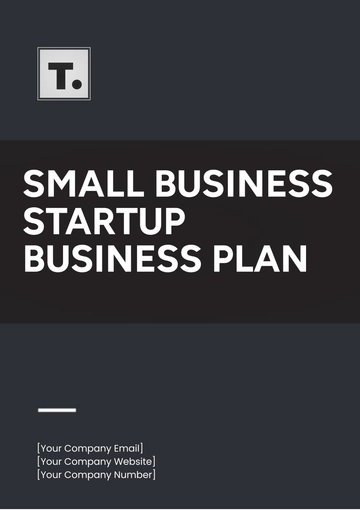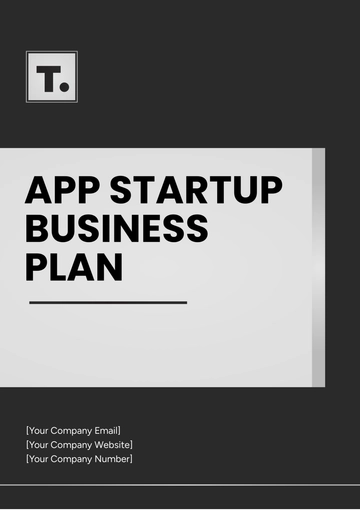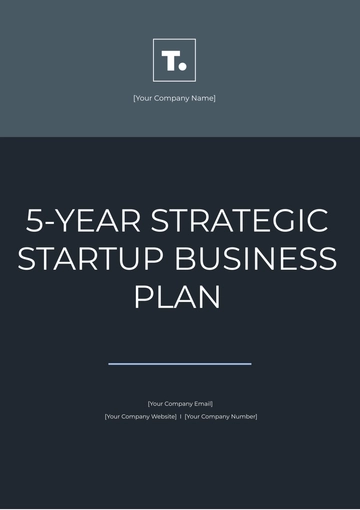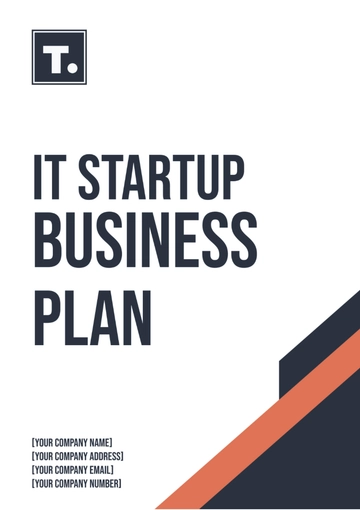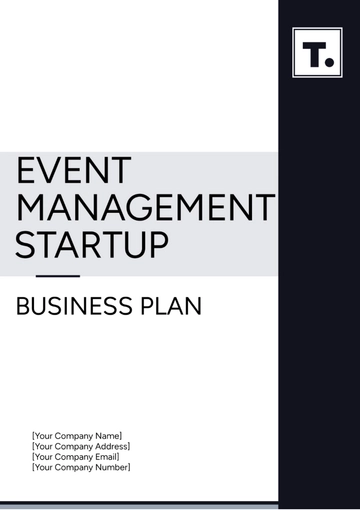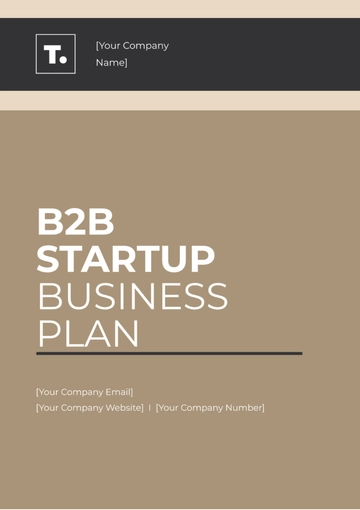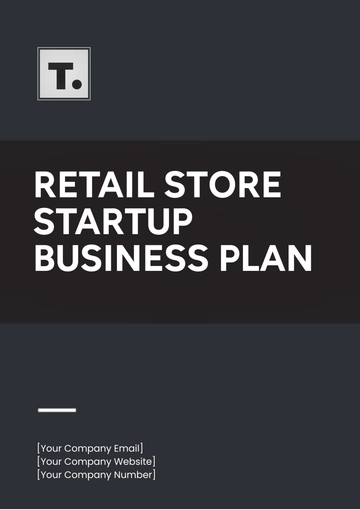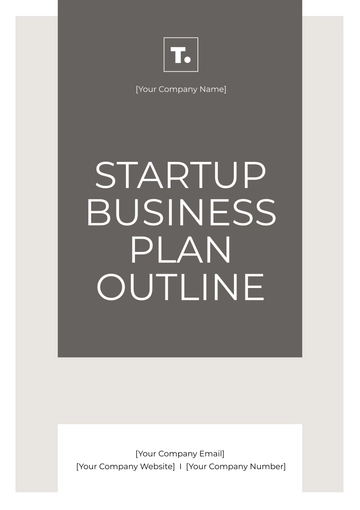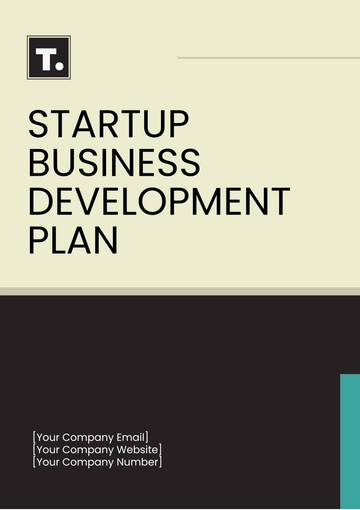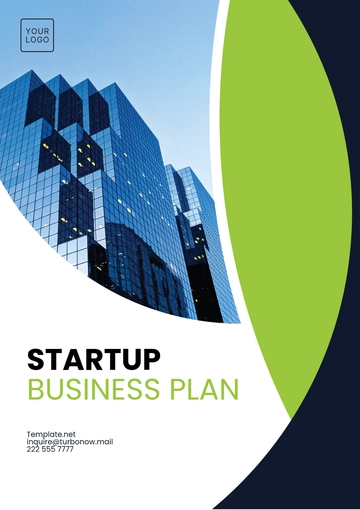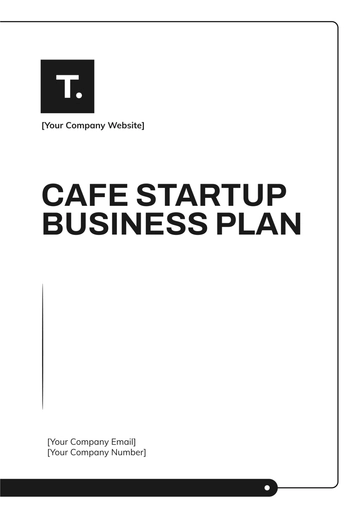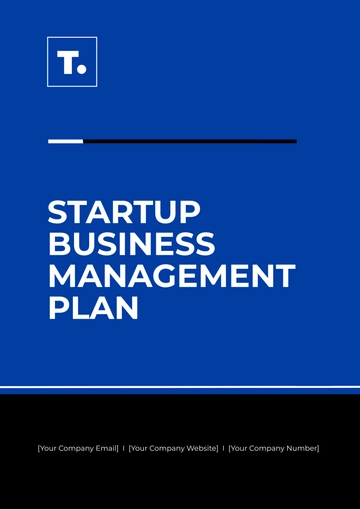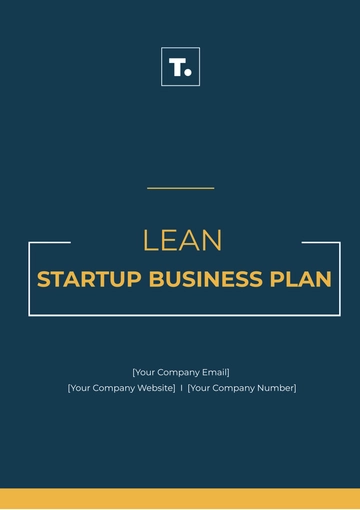Free New Startup Business Plan Format
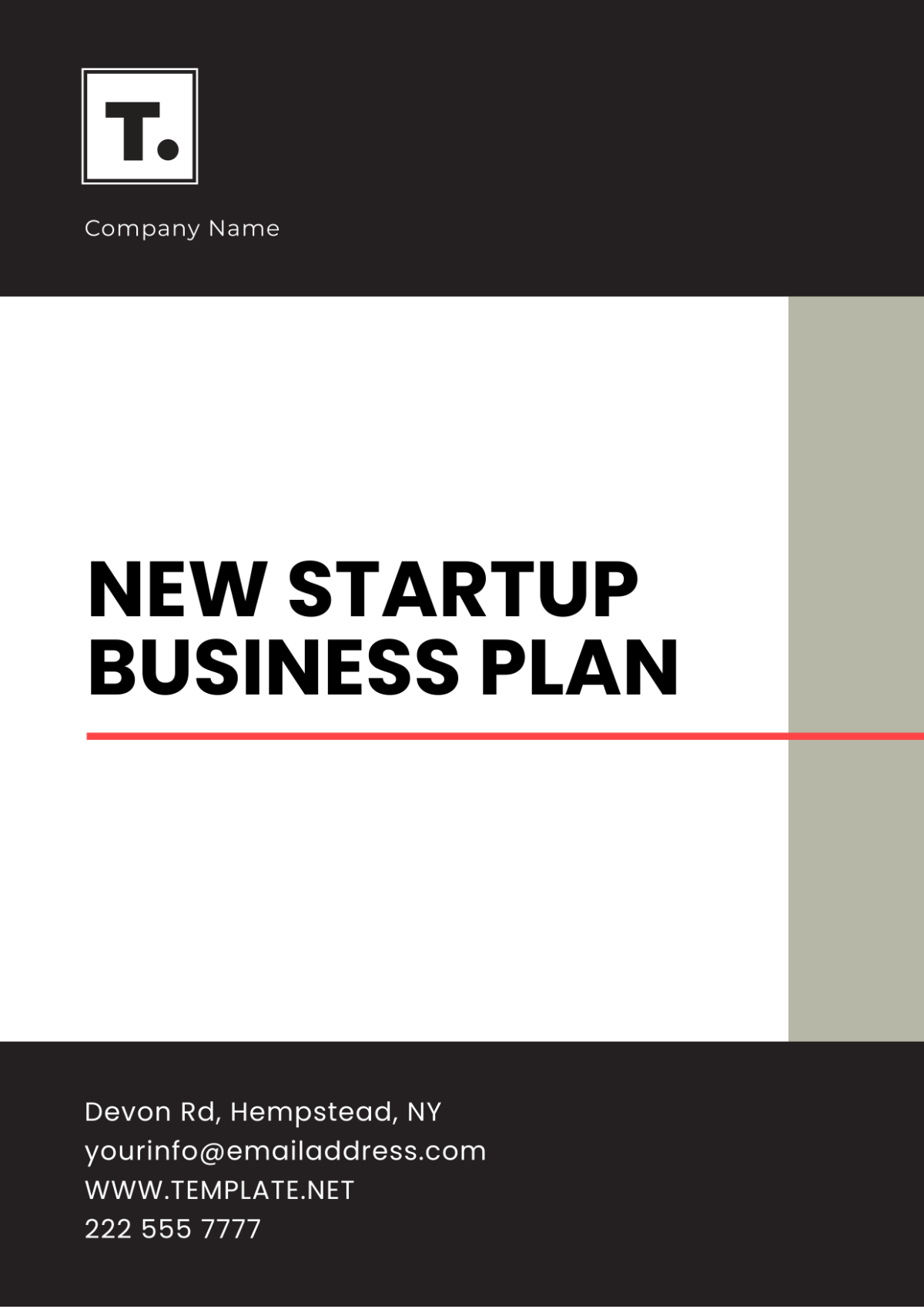
1. Executive Summary
This section provides a snapshot of the business, highlighting its core elements.
Business Name & Location: Name of the startup and the headquarters' location.
Mission Statement: A brief statement of the startup's purpose and goals.
Business Model: A short description of how the business will generate revenue.
Product/Service Offering: A concise overview of what the startup offers.
Market Opportunity: Summary of the target market and customer need the business addresses.
Funding Requirement & Financial Highlights: An outline of how much funding is required and a summary of key financial projections (revenue, profit, etc.).
Vision for the Future: Where you see the company in 3-5 years.
2. Company Description
Provide a detailed background of the startup.
Legal Structure: Regardless of the company's structure.
Company History: How and why the business was founded.
Mission and Vision: Detailed explanation of your mission and long-term vision.
Objectives: Measurable milestones you plan to achieve within specific timeframes (e.g., customer acquisition, revenue, etc.).
Key Value Proposition: What differentiates your product or service from competitors.
3. Market Research & Analysis
Present research findings to demonstrate that your business has a viable market.
Industry Overview: Description of the market landscape, trends, and growth potential.
Target Market: Detailed breakdown of your ideal customer, including demographics, location, behaviors, and pain points.
Market Size & Growth Potential: Statistics to showcase the size and scalability of the market.
Competitive Analysis: Identify direct and indirect competitors. Include strengths and weaknesses, as well as your startup’s competitive advantages.
Market Entry Strategy: Describe how you plan to enter the market, including pricing strategies and marketing efforts.
4. Products & Services
Detail the startup's offerings.
Description of Products/Services: List features, benefits, pricing, and lifecycle.
Unique Selling Proposition (USP): What makes your product/service distinct?
Development Roadmap: Future product plans and upgrades.
Intellectual Property (IP): Any patents, trademarks, or proprietary technology associated with the product/service.
5. Marketing & Sales Strategy
Outline how you will attract and retain customers.
Marketing Plan:
Brand Positioning: How you want your customers to perceive your brand.
Channels: Digital marketing (social media, email, SEO), traditional advertising, public relations, etc.
Customer Acquisition Strategy: How you plan to generate leads and convert them into customers.
Partnerships & Collaborations: Any potential alliances that could accelerate growth.
Sales Strategy:
Sales Process: How you will handle customer inquiries, close sales, and provide after-sales support.
Sales Team: If applicable, the structure and size of your sales team.
Customer Retention: Loyalty programs, subscription models, etc.
6. Operations Plan
Explain the day-to-day operations and logistics of the startup.
Operational Workflow: From production to delivery: your product’s journey.
Suppliers & Partners: Business-critical suppliers or partners.
Technology & Tools: Essential business software, platforms, or tools.
Facilities & Equipment: Details about the physical or digital infrastructure you need.
Scalability: How the operational model can grow as the business expands.
7. Team & Management
Introduce the key members of your team and their expertise.
Founder(s) Background: Qualifications for leading this startup.
Key Hires: Any important team members or future hires essential to the business.
Advisors or Board Members: List any business advisors or board members.
Organizational Structure: Who reports to whom and key roles within the startup.
8. Financial Plan
Provide financial projections to show the potential profitability and sustainability of the business.
Revenue Model: Explanation of how the business will make money (sales, subscriptions, licensing, etc.).
Funding Requirements: How much money you need to raise, what it will be used for, and proposed terms (equity, debt, etc.).
Financial Projections (at least 3-5 years):
Profit & Loss Statement (Income Statement): Projected finances.
Cash Flow Statement: Expected inflow and outflow of cash.
Balance Sheet: Overview of assets, liabilities, and equity.
Break-even Analysis: The point where revenues cover expenses.
Key Assumptions: Include the main assumptions underlying the financial model (e.g., growth rate, customer acquisition costs, etc.).
9. Risk Analysis
Identify and explain potential risks and how they will be mitigated.
Market Risks: Shifting preferences, new rivals, economic downturns.
Operational Risks: Supply chain, labor, or operational issues.
Financial Risks: Cash flow shortages, funding delays, or unexpected expenses.
Regulatory Risks: Legal changes or industry regulations.
Mitigation Strategies: Plans in place to handle potential risks.
10. Appendix
Include any supporting documents or additional details.
Resumes of Key Team Members: To demonstrate experience and expertise.
Product Diagrams or Prototypes: If applicable, include any visuals of your product.
Legal Documents: Legal docs (patents, trademarks, incorporation).
Detailed Financial Data: Extended financial projections, expense breakdowns, etc.
- 100% Customizable, free editor
- Access 1 Million+ Templates, photo’s & graphics
- Download or share as a template
- Click and replace photos, graphics, text, backgrounds
- Resize, crop, AI write & more
- Access advanced editor
Template.net's New Startup Business Plan Format Template is tailored for entrepreneurs ready to launch their innovative ideas. This editable and customizable template, accessible via our AI Editor Tool, provides a comprehensive layout that covers market analysis, funding strategies, and operational plans, ensuring a structured approach to building a successful startup.
You may also like
- One Page Business Plan
- Coffee Shop Business Plan
- Restaurant Business Plan
- Food Business Plan
- Real Estate Business Plan
- Executive Summary Business Plan
- Cover Page Business Plan
- Nonprofit Business Plan
- Daycare Business Plan
- Construction Business Plan
- Startup Business Plan
- Medical Business Plan
- Bakery Business Plan
- Service Plan
- Hotel Business Plan
- Catering Business Plan
- School Business Plan
- Healthcare Business Plan
- Transportation Plan
- Sports Plan
- Car Wash Business Plan
- Salon Business Plan
- Clothing Business Plan
- Farming Business Plan
- Boutique Plan


